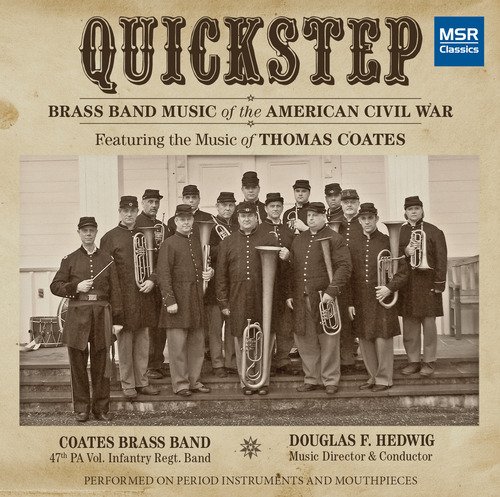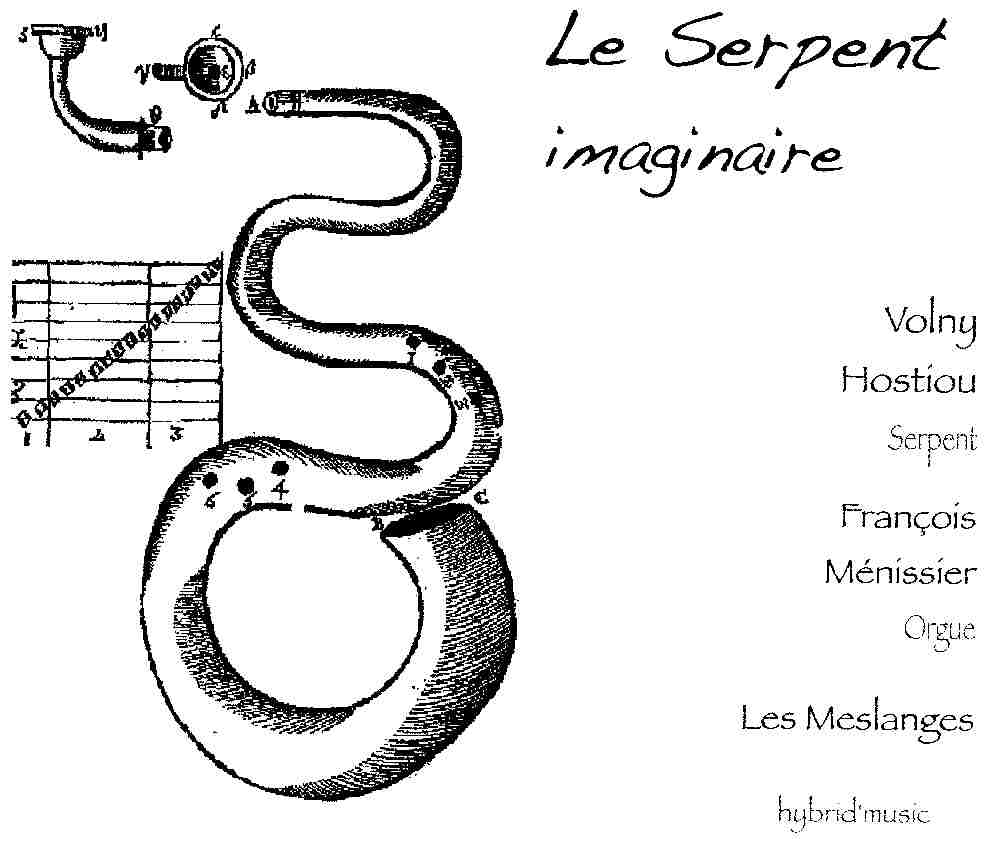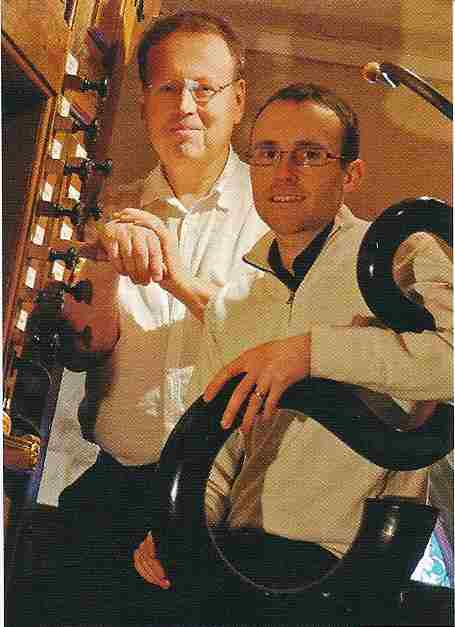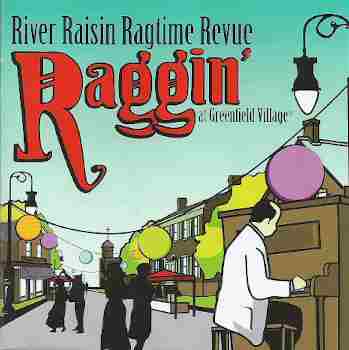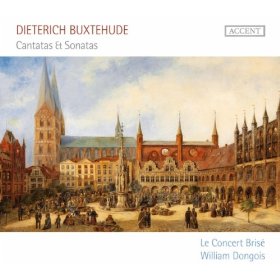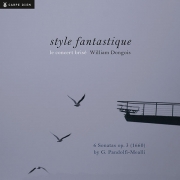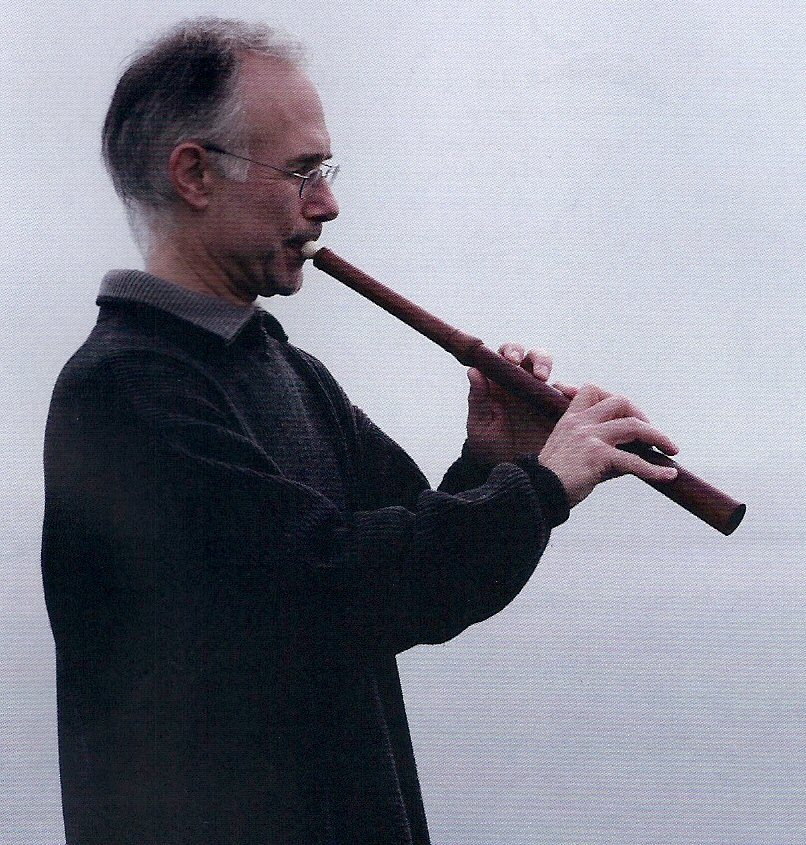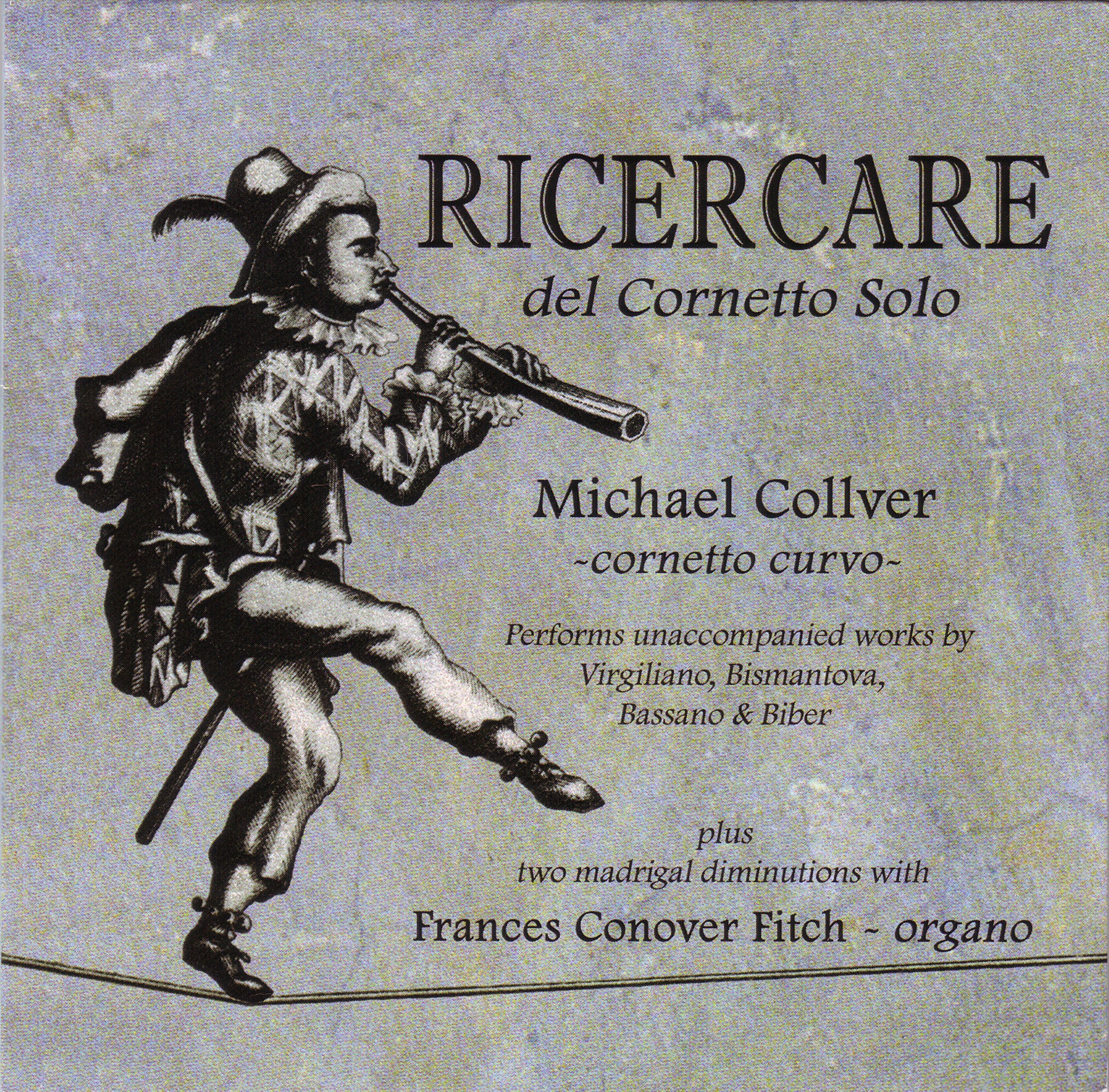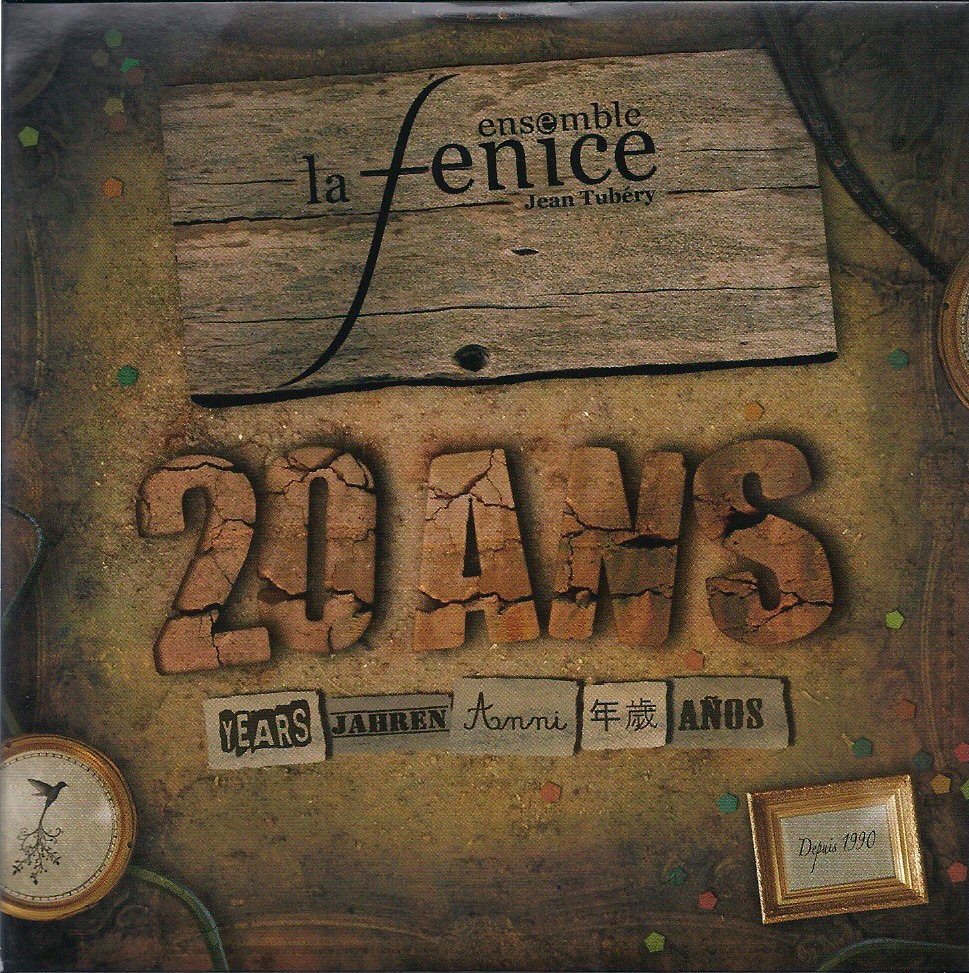La Bella Minuta: Florid Songs for Cornetto around 1600
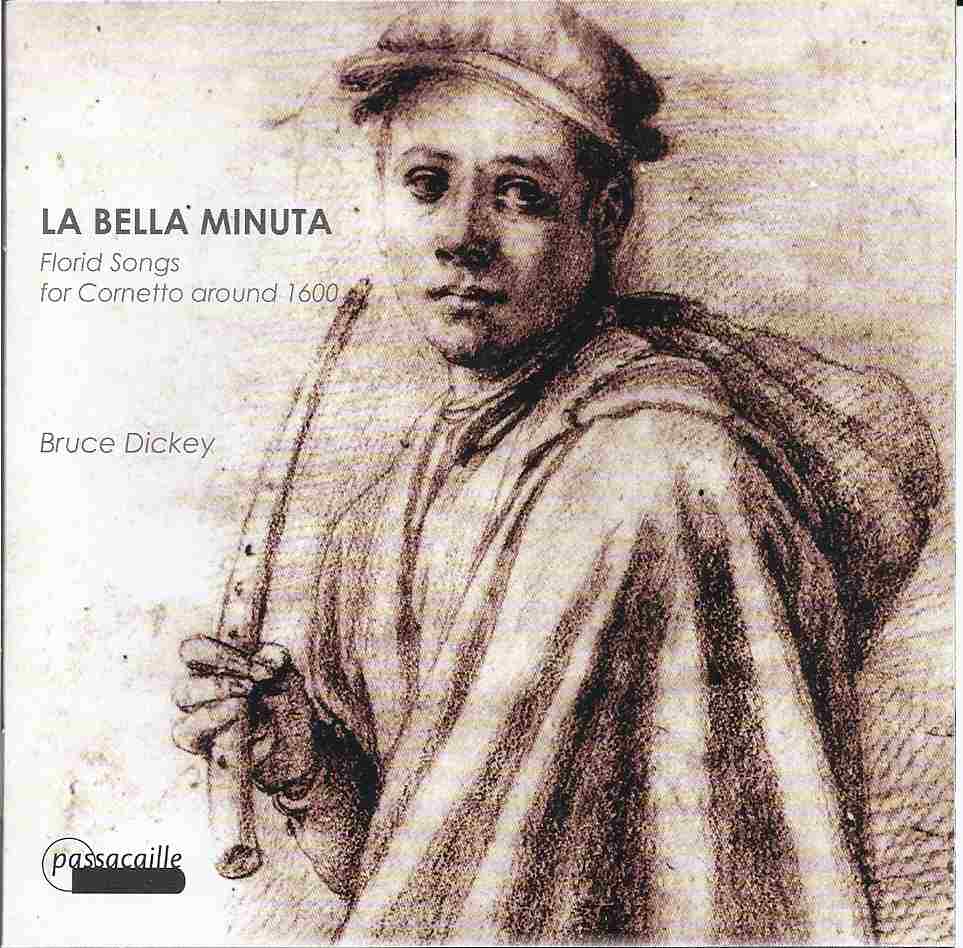
La Bella Minuta: Florid Songs for Cornetto around 1600, Passacaille 979, March 2011.
Bruce Dickey, cornetto
Liuwe Tamminga, organ
Claudia Pasetto, viola da gamba
Leonardo Bortolotto, viola da gamba
Alberto Rasi, viola da gamba
Maria Christine Cleary, harp
Recorded in the Church of Santa Barbara, Mantova with the Antegnati organ (1565)
A=466 (temperatures caused the effective pitch to be A=462)
Quarter-comma mean-tone temperament
The title of this recording “La Bella Minuta,” refers to advice given by the famous cornettist, Girolamo Dalla Casa in 1584. Concerning the playing of the cornetto, he wrote “…let everyone strive to make a nice sound, lovely articulations, and beautiful divisions [la bella minuta], and to imitate the human voice as much as possible.” This is fine advice to be sure. Given the choice to select “La Bella Minuta” from it, one might expect this recording to be a showcase of the technical virtuosity of Bruce Dickey, indeed, perhaps to a series of rapid-fire passage. Nothing could be further from the truth; in fact, Bruce Dickey pays heed to the entirety of dalla Casa’s admonishment. His sound is nice and his articulations lovely. In fact the articulations are certainly clear yet always subtle. The divisions (minute) are first, beautiful and second, amazing. This is crucial. Clearly Dickey has virtuosity to display and does so. Yet, it is the music which prevails. His fabulous technique serves to enhance and not dominate the music. The final result is the imitation of the human voice in all ways. He clearly sings beautifully, phrases with grace, and the passages are always performed in the vocal style.
There are numerous composers represented: Ippolito (Tartaglino), Ascanio Mayone, Gioseffo Guami, Giovanni Pierluigi da Palestrina, Josquin des Prez, Giovanni Maria Trabaci, Antonio Brunelli, Luzzasco Luzzaschi, Cipriano de Rore, and Bartolomeo Barbarino. They offer a great variety of styles. Dickey is joined on some by pieces by organ and others by a consort of viols and harp. The combination of these pieces with the variety of accompanimental sounds results in a recording which one can enjoy and appreciate with multiple listenings. It is both pleasurable and instructive. One hears and learns something new with each repeated hearing.
Examples in the variety of pieces could be shown in the differences between the Quanti mercenarij of Palestrina and Guami’s La Brillantina. The former is a serene, calm (almost timeless) work of austere beauty. To be sure, there are passage, but one remembers the seemingly endless long phrases which Dickey plays with great care. His endurance certainly should be applauded along with his artistry on this work! Compare that with Guami’s La Brillantina. It is certainly brilliant in all ways, most assuredly in several extended rapid-fire passages which Dickey plays effortlessly yet thrillingly.
He uses two cornetti for this recording: a three-piece straight cornetto made by Henri Gohin of Paris, which he used on works by Ippolito, Josquin, Brunelli, Luzzaschi, and Barbarino, and a curved cornetto made by Matthew Jennejohn of Montreal, Quebec for the remainder of the works.
In conclusion, this is a superb recording. It satisfies on so many levels. It instructs, inspires, and finally is simply a beautiful offering.
-- James Miller


